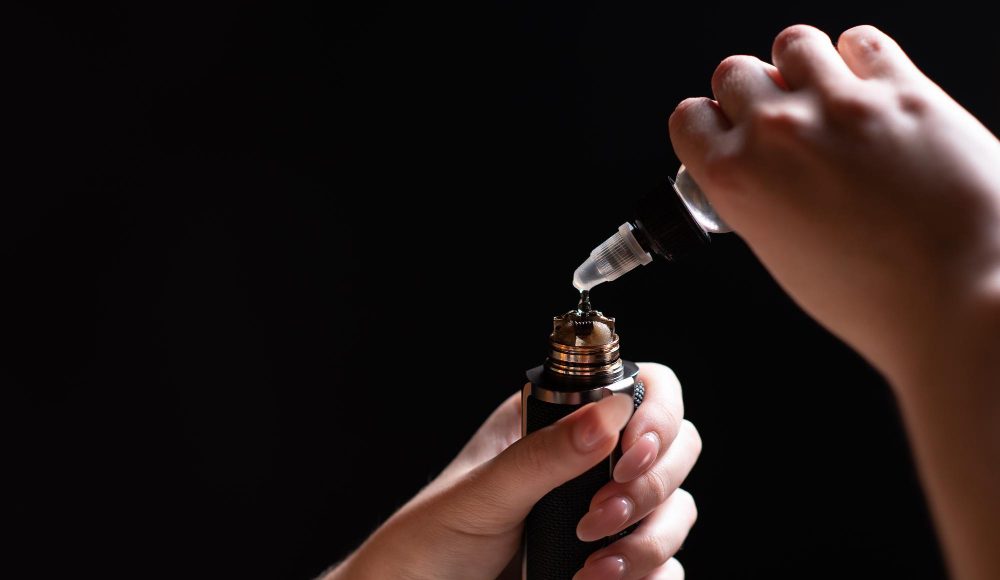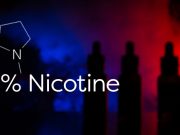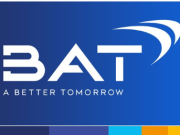In September 2021, Utah agreed to set the permitted limit of nicotine in vapes at “3% by weight per container,” and no more than 36 mg/mL concentration of nicotine. Braden Ainsworth, program manager for the Utah Department of Health and Human Services Tobacco Prevention and Control Program, said that the decision to reassess the nicotine level arose during a litigation about the regulation. The amended rule would allow retailers to sell vapes containing a higher nicotine concentration, as long as they are inline with FDA standards.
In other news, tobacco giant British American Tobacco (BAT) has recently said that it has conducted its own analyses of disposable vapes and found that almost all major brands contain illegal levels of nicotine in e-liquids.
Better Retailing has reported that senior wholesaler sources leaked nearly 50 pages of BAT product testing data, along with a letter from BAT urging wholesalers to stop selling products it claims are failing to comply with the 2ml e-liquid limit.
In the letter, BAT UK managing director Fredrik Svensson, said it had commissioned “independently accredited laboratory” testing on Elf Bar 600 products, Lost Mary, Found Mary, IVG Bar, Klik Klak, SKE Crystal, Smok Mbar Pro and Solo disposable vapes. These were purchased from supermarkets and independent retailers between 6 September 2021 and 7 March 2023.
BAT’s letter urged wholesalers to abide by regulations and ensure that they are not supplying non-compliant products. It highlighted that the tested products were found to contain well over the the legal limit of 2ml of nicotine-containing e-liquid, “from 2.76ml to 3.88ml, with an average overfill of 58%.”
Many retailers of vapes do not adhere to regulations
Similarly, a report by Inter Scientific, an agency which offers analytical and regulatory services, said that many vape retailers are not following the rules. An investigation by the firm examined brands sold in shops in Birmingham, Dudley, Hertfordshire, Liverpool, Newcastle, Staffordshire and Wales, and found that many were not adhering to the required standards. The conducted tests found that some of the vapes claiming to be nicotine-free actually contained the same level of addictive substances as regular vapes.
Moreover, 73% of the examined products were above the legal 2ml capacity, while more than 40% of those tested had been filled with 5ml or more. In England alone, over 1.4 tonnes of illegal vapes have been seized in the last six months of 2022. In fact, Health Minister Neil O’Brien has recently voiced his concern about the rising use of disposable vapes. To this effect, £3m have been allocated to tackle the issue. This will include test purchases by trading standards officers in a bid to catch any retailers selling to under-18s.
Announcing the plan at a recent Policy Exchange O’Brien said that an “illicit vapes enforcement squad” will be conducting these checks at convenience and vape shops across England. The squad will also be issuing guidance on how to ensure the laws are being complied with, as well as confiscating any illegal products found. In response to the announcement, Arnott said she was pleased the government has “finally announced funding for enforcement to tackle the scourge of underage sales”.
PMI’s heat-sticks may contain more nicotine than reported
Meanwhile, the Bureau of Investigative Journalism is reporting that while big tobacco company Philip Morris International (PMI) claims that there is about 0.5mg of nicotine in each of its tobacco stick, new research has found otherwise.
The non-profit organisation revealed that in some of its promotional material, and also to enquiring Bureau staff posing as customers, PMI said there is 0.5mg of nicotine in each tobacco stick, but testing conducted by the Bureau has indicated that the actual amount is about eight times higher.
The Bureau highlighted that when it approached PMI about the figure, they were told that they had disclosed these figures following their own tests, however The Bureau added that they could not find a record of these numbers anywhere.












